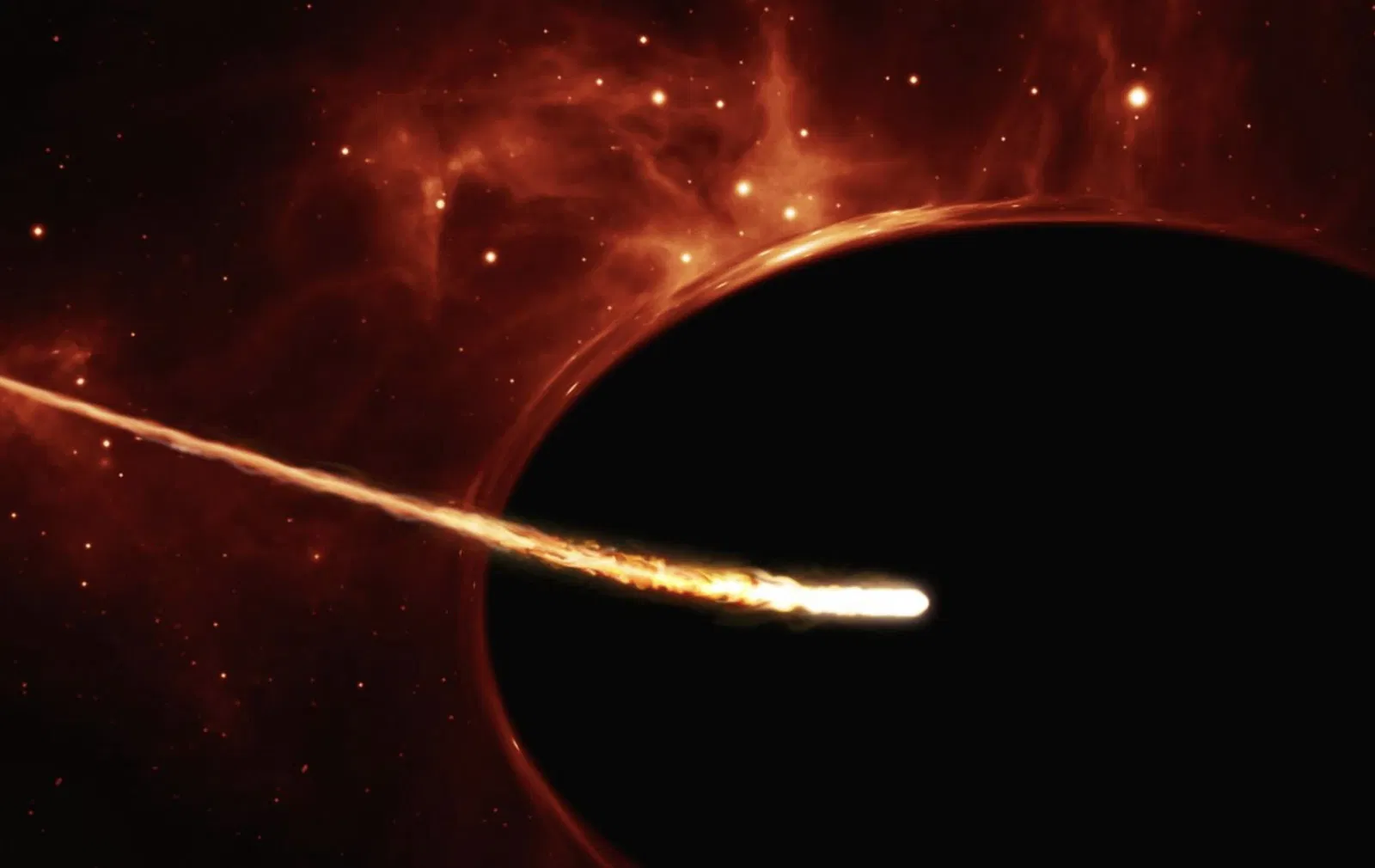
In a Stunning First, Scientists Have Watched a Star Survive a Black Hole Encounter
How did your country report this? Share your view in the comments.
Diverging Reports Breakdown
In a Stunning First, Scientists Have Watched a Star Survive a Black Hole Encounter
An international team led by Tel Aviv University astronomers has confirmed a star’s survival after it had a close encounter with a supermassive black hole. The black hole then returned two years later and generated a second, nearly identical flare. This is the first confirmed instance involving a repeating tidal disruption event (TDE), challenging past assumptions that such events always precede the destruction of a star. In both encounters, the resulting flare was almost identical, which seems to suggest that only a partial disruption of the star in question had taken place, leaving enough surviving material for a second disruption to occur during a second pass. The discovery could also mean that an opportunity to observe a third flare may occur around 2026, further supporting the partial disruption model, which would force a significant reassessment of the way astrophysicists currently gauge how black hole “feeding” events occur, as well as what their impact on galactic evolution may be. The research was detailed in a paper that appeared in The Astrophysical Journal Letters.
The groundbreaking observation marks the first confirmed instance involving a repeating tidal disruption event (TDE), challenging past assumptions that such events always precede the destruction of a star.
The two flares the team detected, including the newly observed AT 2022dbl, were traced to the same galaxy, suggesting that the black hole involved in the cosmic encounter had only partially disrupted the star, which allowed it to “escape” its first run-in, only to circle back around for a second pass.
The discovery was made by a team led by Tel Aviv University astronomers Dr. Lydia Makrygianni and Professor Iair Arcavi and was detailed in a paper that appeared in The Astrophysical Journal Letters.
The Partial Disruption Model
“Ruling out gravitational lensing and two chance unrelated disruptions, we conclude that at least the first flare represents the partial disruption of a star,” the authors of the new paper write.
The unprecedented discovery could indicate that some past observations of flares were interpreted as total disruptions at the time, whereas they may have been similar, partial events, like the newly confirmed close encounter.
Intriguingly, the team’s findings could also mean that an opportunity to observe a third flare may occur around 2026, further supporting the partial disruption model, which would force a significant reassessment of the way astrophysicists currently gauge how black hole “feeding” events occur, as well as what their impact on galactic evolution may be.
Surviving a Tidal Disruption Event
At the center of every large galaxy lies a black hole, which is anywhere from several million to even billions of times the mass of the Sun. Our own Milky Way galaxy is no exception, and in 2020, the discovery of the supermassive black hole at its center led to a Nobel Prize in Physics.
Although the presence of these cosmic beasts at the heart of galaxies is well understood today, questions remain about how they form and what their potential role might be in galactic formation.
One of the ways astronomers can study the effects of black holes is that, on occasion—roughly every 10,000 to 100,000 years—a star eventually comes a little too close to one of these black holes, which devours most of it while ejecting a large portion of the remaining stellar material.
As a black hole feasts on a star, the material is consumed in a swirling fashion resembling a vortex, with the quickly rotating material approaching near light speed and becoming luminous. The resulting cosmic “beacon” of luminous stellar material offers astronomers a valuable signal that such events are underway, along with a brief window for observations.
Unexpected Behavior
In principle, the phenomena behind such events should be largely predictable, although to the surprise of astronomers, these flares do not always behave as anticipated. Specifically, the brilliance and temperature that occurs during disruption events is far less than what models suggest they should be.
Fortunately, the new observations of AT 2022dbl have potentially shed some light on the mystery. In both encounters, the resulting flare was almost identical, which seems to suggest that only a partial disruption of the star in question had taken place, leaving enough surviving material for a second, almost identical disruption to occur during a second pass two years later.
One could think of this along the lines of the black hole making an initial visit to a cosmic buffet line, and after enjoying a modest helping, then returning for a second pass.
Will a Third Flare Be Seen?
If a third flare is indeed observed, the team believes this could offer them an unprecedented opportunity to observe the ongoing partial disruption of a star.
“So maybe all such flares, which we have been trying to understand for a decade now as full stellar disruptions, are not what we thought,” Prof. Arcavi said in a statement.
That said, another possibility is that there will be no third flare, which could mean that the second fateful flare was indeed the final encounter between the star and its nearest black hole, resulting in a final disruption event.
“Either way, we’ll have to re-write our interpretation of these flares and what they can teach us about the monsters lying in the centers of galaxies,” Arcavi says.
The team’s new paper, “The Double Tidal Disruption Event AT 2022dbl Implies that at Least Some ‘Standard’ Optical Tidal Disruption Events Are Partial Disruptions,” was published in The Astrophysical Journal Letters on July 1, 2025.
Micah Hanks is the Editor-in-Chief and Co-Founder of The Debrief. He can be reached by email at micah@thedebrief.org. Follow his work at micahhanks.com and on X: @MicahHanks.
